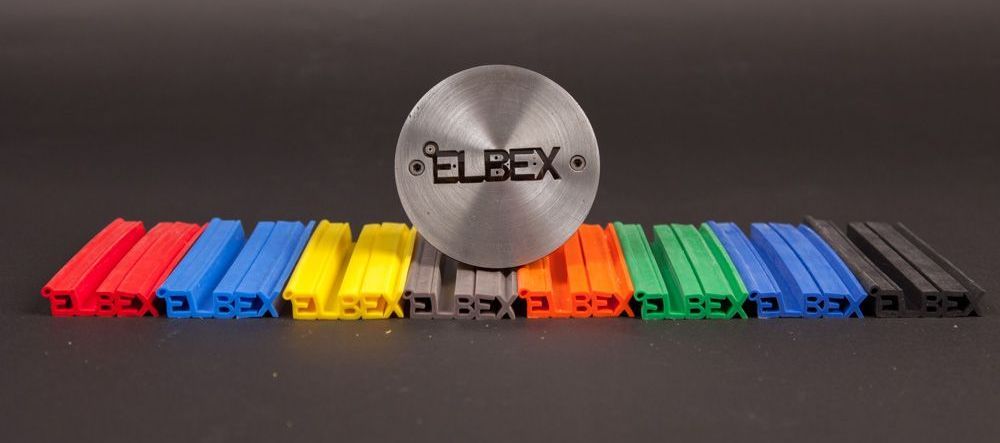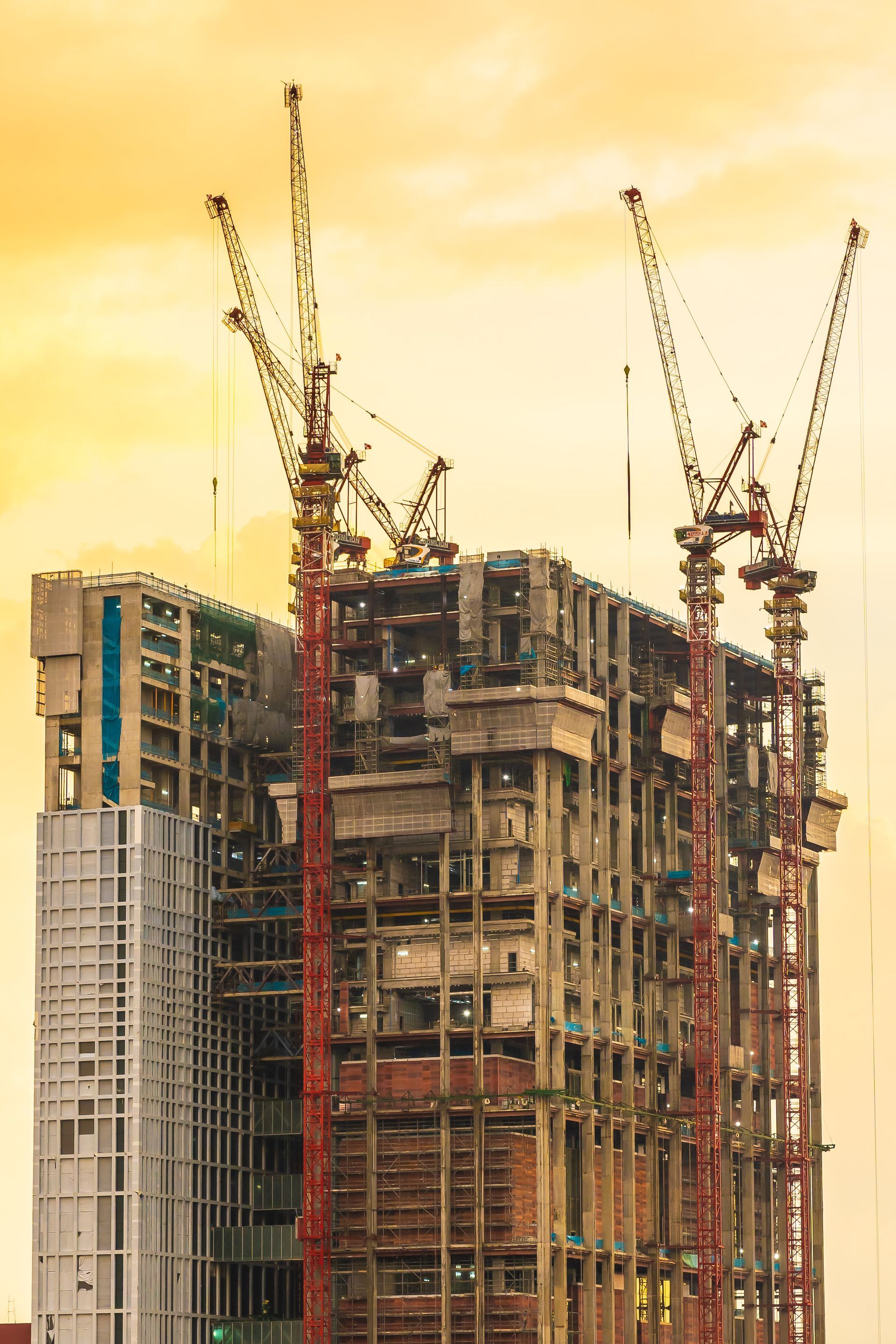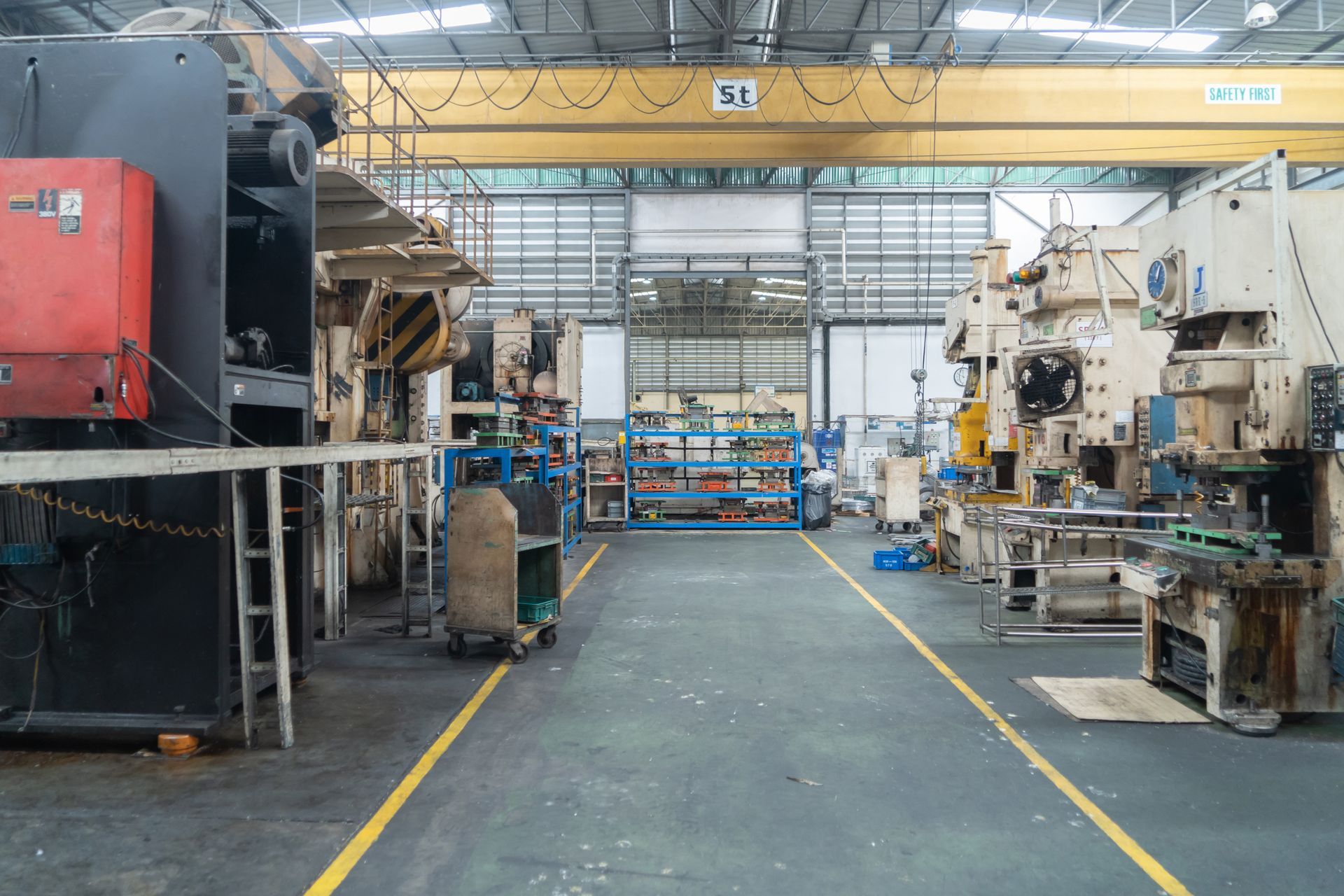By David Garman
•
December 26, 2025
Hollow rubber profiles may seem simple, but they play critical roles in many industries. When you need specialized rubber tubing, you can count on Elbex. We manufacture extruded rubber tubing, including custom rubber tubing profiles, in a wide range of sizes, wall thicknesses, and materials. Here’s how we ensure a perfect fit when designing rubber tubing for industrial applications. The Versatile Roles of Rubber Tubing Rubber tubing fills a wide range of roles, making it a surprisingly important component. For example, hollow tubes are frequently used as protective sleeves to shield wires, cables, or hoses from abrasion, impacts, and environmental damage in automotive or industrial settings. This can be especially important for absorbing vibrations and cushioning sensitive cooling components. Rubber tubing for industrial applications also frequently provides a compressible and flexible profile for flange sealing, lid gaskets, and other gaskets and seals. And of course, rubber tubing can prove invaluable for drainage, especially when specialized materials are needed to meet exposure requirements for chemicals or high-temperatures. Manufacturing Expertise Across Key Industries With Elbex, you get manufacturing expertise for rubber hoses across industries, delivering dependable performance you can trust. In the automotive industry, our rubber tubing helps vehicles meet stringent regulatory standards by ensuring safe and proper functioning of door and window seals, hinge and acoustic covers, and more. In water control, gaskets and tubing for drinking water systems provide protective seals and ensure reliable water filtration and treatment. The use of specialized materials, such as NSF-61 approved compounds, is a must. And in general industrial and manufacturing, rubber tubing that can withstand extreme conditions like direct sunlight and temperature swings is essential for protective sleeves, expansion joints, and fluid transfers. Design Without Limits: Custom Rubber Tubing Profiles When you choose to work with Elbex, you gain access to custom rubber tubing profiles that let you design without limits. Our manufacturing capabilities allow us to produce rubber tubing in a wide range of sizes, wall thicknesses, and internal geometries that you won’t find with standard suppliers. Our team takes pride in meeting your design requirements through custom manufactured products, collaborating with your team to produce the perfect fit. This includes using the right elastomers for your extruded rubber tubing based on the unique exposure hazards the finished application will face. The right material and design go hand in hand to deliver lasting results. Elbex's Engineering Support: Your Project Advantage At Elbex, our team is ready to provide comprehensive support for your extruded rubber tubing project. With design assistance and material selection guidance from our expert engineers, as well as available technical resources and custom on-site tooling, we support your project with rapid prototyping and cost-effective solutions for unique custom rubber tubing profiles. Whether you need tubing support for protection, sealing, or drainage, Elbex has the manufacturing capability and engineering support to produce superior rubber tubing for industrial applications. Contact us today to learn more about our work and how our custom tubing solutions can help solve your toughest challenges.







